
Vanilla was originally used as a medicine, perfume and in sacred rituals of a long ago tribe of Totonac Indians in Mexico. It only came into its own as a flavoring in 1602. After the Aztec’s conquered the Totonac Indians, they controlled the wild orchid that had been so jealously guarded by the conquered Indians where it grew on the edge of the forest.
Legend tells us that when Hernando Cortez came to Central America in the 16th century. He was given the drink chocolatl by Montezuma, the Aztec emperor, which consisted of ground cocoa and vanilla beans. Cortez took both back to Spain where they were to be enjoyed only by the rich and famous for many years to come. The Spaniards set up factories to manufacture vanilla flavored chocolate. Not chocolate as we know it, but a start.
How Vanilla Grows
The Vanilla planifolia flower is an orchid that produces a fruit in the form of the vanilla bean. Of the 35,000 species of orchids, this is the only one that produces an edible fruit. It grows on a vine that winds itself around a tree or pole – anything to support it. It will grow as tall as the tree or the support.
The vines are only allowed to grow to where they can be reached. By folding them down they produce more flowers making the plants more productive. You can imagine the frenzy as the orchids begin to bloom and as many as possible must by hand pollinated. Is it any wonder the beans are so expensive?
After a few weeks, a long green bean, measuring anywhere from 6 to 12 inches, will start to grow. It is left for 9 months to develop its flavor. When the bean is finally harvested, it has no fragrance or flavor until it is dried. After the beans are picked, they must be dried to prevent them from fermenting making them useless.
Where The Beans are Grown
Until the middle of the 19th century, vanilla beans were only grown in Mexico. The problem with growing them in other tropical areas was pollination. There exists in Mexico a unique bee, the Melipone that pollinates the orchid so it can produce the vanilla bean. The orchid contains both male (anther) and female organ (stigma) but they are separated by a membrane and only this special bee was able to pollinate them naturally which is why most of the vanilla came from Central America for centuries.
In order for the beans to be grown in other areas another means of pollination had to be found. To complicate matters, the flower only blooms for a few hours. After repeated attempts, in 1841 a Bourbon planter Bellier-Beaumont found two flowers growing on a single vine. One of his slaves, Edmond, discovered a method of hand pollination by folding back the membrane with a bamboo shoot so the flower can self-pollinate. This method is used to this day.
Although native to Mexico, there are 3 other areas that produce the majority of vanilla sold on the open market. Madagascar Bourbon vanilla comes from the Indian Ocean Islands of Madagascar, Comoros, and Reunion, formerly the lle Bourbon producing over 60% of the vanilla sold and is known for its high quality, taste and consistency. These are the thinnest beans grown.
The second largest producer is Indonesia, which is not considered as sweet and has been considered less desirable. However, recently they have adopted some of the practices of the finest vanilla producers with an eye towards upgrading their product.
About 10 percent sold comes from Mexico and Tahiti. Mexican vanilla production has suffered as other crops have been planted where vanilla plants previously grew.
Confusion exists about authentic Mexican vanilla as tourist markets around Mexico sometimes sell a product made from Tonka beans that smells and tastes like vanilla but contain coumarin which is banned in Europe and the FDA in the United States. Coumarin has been shown to cause liver and/or kidney damage in lab animals. It is difficult to tell if the product is authentic as some bottles sold are marked coumarin free but have been found not to be.
Tahitian Vanilla
Tahitian Vanilla is a mutant variety of Vanilla planifolia and is considered a separate species, Vanilla Tahitensis. They are usually shorter, more plump and boast a quite different flavor from the Bourbon and Mexican species. They are the most expensive beans and are favored by many professionals for their floral and fruity notes.
Preparing the Beans for Use
The beans can be blanched in hot water or heated in an oven after which the beans are dried in the sun for months where they shrivel up and turn black as we know them. After the initial drying, they are placed in boxes to sweat out 80% of their moisture. At this point they take on the characteristics of the vanilla bean. The best beans are covered with a white crystallization which is natural vanillan. This entire process takes over a year.
If the weather is bad and the crop is small, the price of the beans becomes more expensive as there are fewer, resulting in higher prices for every type of vanilla. Typhoons struck many of the islands producing vanilla beans and wiped out much of the crops in 1970 and 2000.
Grading Vanilla
Vanilla is graded by its appearance:
Fine – black beans frosted with vanillan, very fragrant. 8 to 12 inches long.
Woody – dull surface appearance with no vanillan. 5 to 8 inches long.
Vanillon – partly opened beans are brown and soft, thick and flat with no vanillin or very little. Slightly bitter smell. 4 to 5 inches long.
Vanilla Products
There are a number of vanilla products. Vanilla extract is made by chopping the beans and steeping them in an ethyl alcohol and water solution. Some companies add sugar at this stage.
Pure Vanilla
The FDA requires pure vanilla extract to contain 13.35 ounces of beans to one gallon of liquid and contain 35% alcohol. This is referred to as one fold in the industry, which is single strength and available to consumers.
Double and triple fold vanillas called essences are very strong and are available to professionals. They use twice or three times as many beans to the same amount of liquid, depending upon the fold.
Most companies immerse the beans in heated liquid to speed the process. The extract is best added to mixtures that are not being heated as some of the flavor can evaporate. Add to the liquid after it is off the heat and cooled for a few minutes.
Whole Beans
Whole beans are often sold to consumers in glass tubes. While they can be added to hot liquids and allowed to steep whole, they are usually split and the seeds are scraped out. Dishes which feature the seeds will have little black specs in them. The remaining pod can be reused again either by steeping or adding to granulated sugar to make vanilla sugar. This can be used in baking or in coffee, tea or hot cocoa as a flavor boost. About one half vanilla bean will replace 1 teaspoon of extract.
Vanilla sugar, as mentioned above can be made or bought premade.
Ground Vanilla Bean Powder
Ground vanilla bean powder consists of freshly ground vanilla beans and is excellent in any product not requiring the vanilla to dissolve. The general rule is to use about one third the amount of extract.
Vanilla Paste
Vanilla Paste is actually a thick liquid and not what one would consider paste. It is a blend of concentrated extract and ground beans. It is good to use wherever one wants the look of the seeds as in crème brulee, a vanilla pound cake, ice cream, etc.
Storage
Storing vanilla beans depends upon the climate in which you live. They will keep indefinitely stored in a cool, dark place in an airtight container. If they were bought in a glass tube, return them to the tube after using (make sure they are rinsed and dried if they were immersed in a liquid).
They should never be refrigerated as this can cause them to harden and crystallize. In a humid areas they should be wrapped in waxed paper and stored in an airtight tin or a glass jar. Do not wrap them in plastic wrap as they might sweat and mildew if temperatures go to 80 degrees or more, at which point you have to throw them out.
In less humid, cooler climates, they can be wrapped in film and stored in a glass jar or plastic box. According to Patricia Rains, the Vanilla Queen, www.vanilla.com,
“bourbon beans may develop a white frosting of natural vanillin crystals if you keep them for a while. The crystals indicate the beans are high in natural vanillin and are of very good quality. These crystals are quite edible and very flavorful. If you are uncertain the beans are covered with crystals or mildewed, take them into the sunlight. The crystals are similar to mineral crystals and will reflect the sun’s rays, creating the colors of the rainbow. Mildew, on the other hand, will be dull and flat in the light, and may also smell bad. If the bean is mildewed, throw it away as the mildew will spread to uninfected beans.”
If the beans dry out, soaking them will often plump them back up. They can also be ground up and used to flavor sugar, coffee, dessert, etc.
Vanilla is the second most expensive spice in the world. Reproducing good imitation vanilla is difficult due to the large number of components occurring naturally
Vanillan
Vanillan, which naturally occurs on vanilla beans can be chemically reproduced and is often used in imitation vanilla.
How to Use the Whole Beans
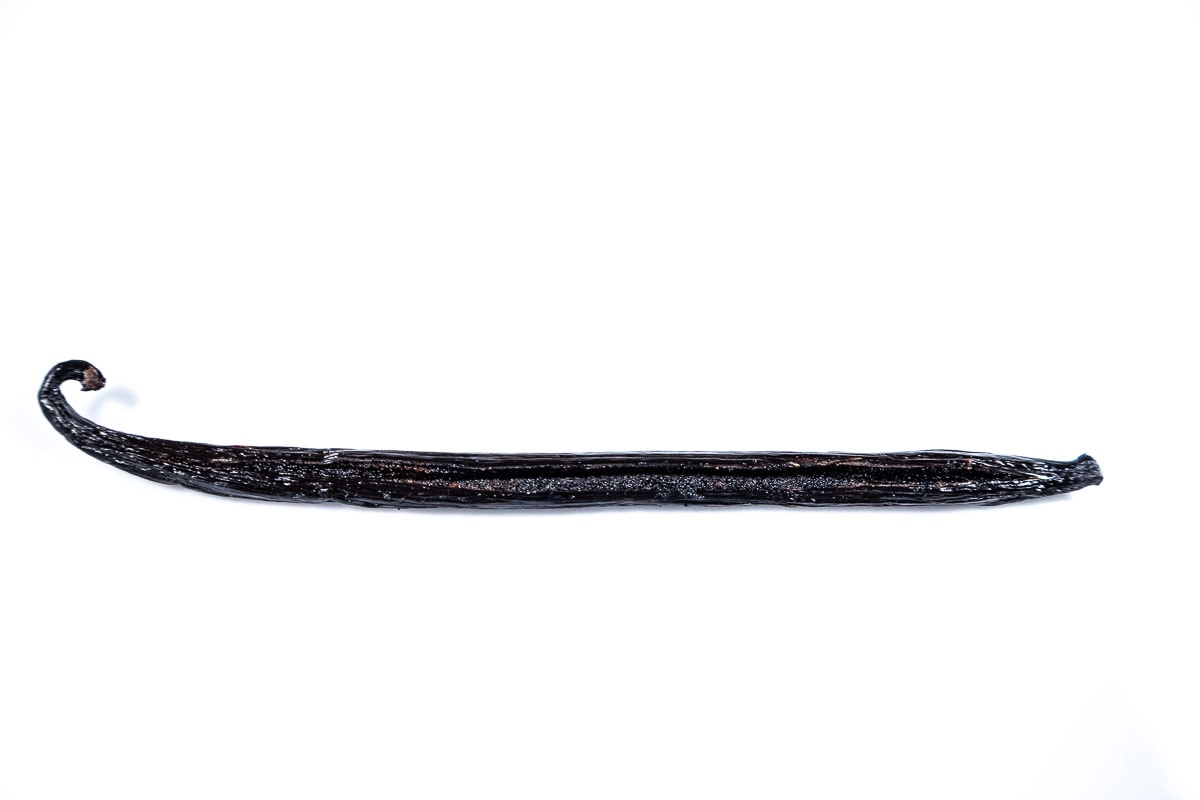
A whole, uncut vanilla pod as it grows on the climbing orchid.
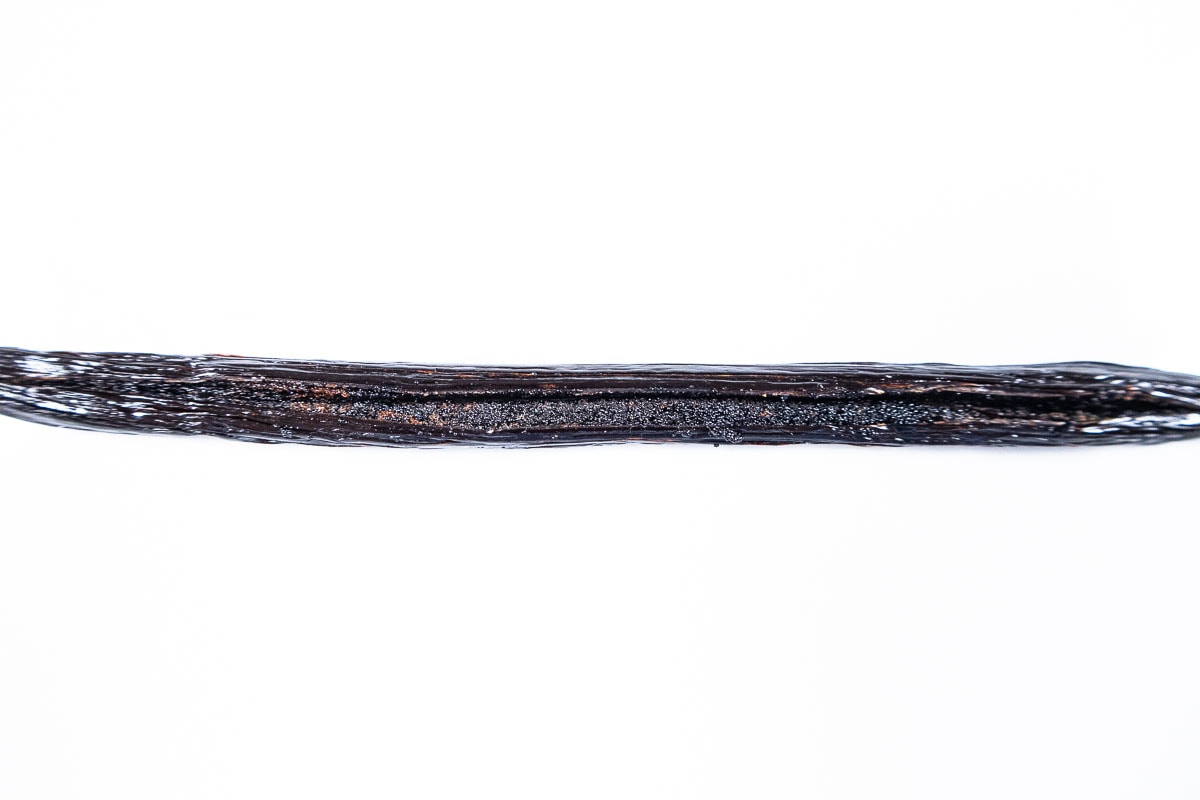
The vanilla pod has been split open to reveal hundreds of tiny, tiny seeds which hold the maximum flavor.
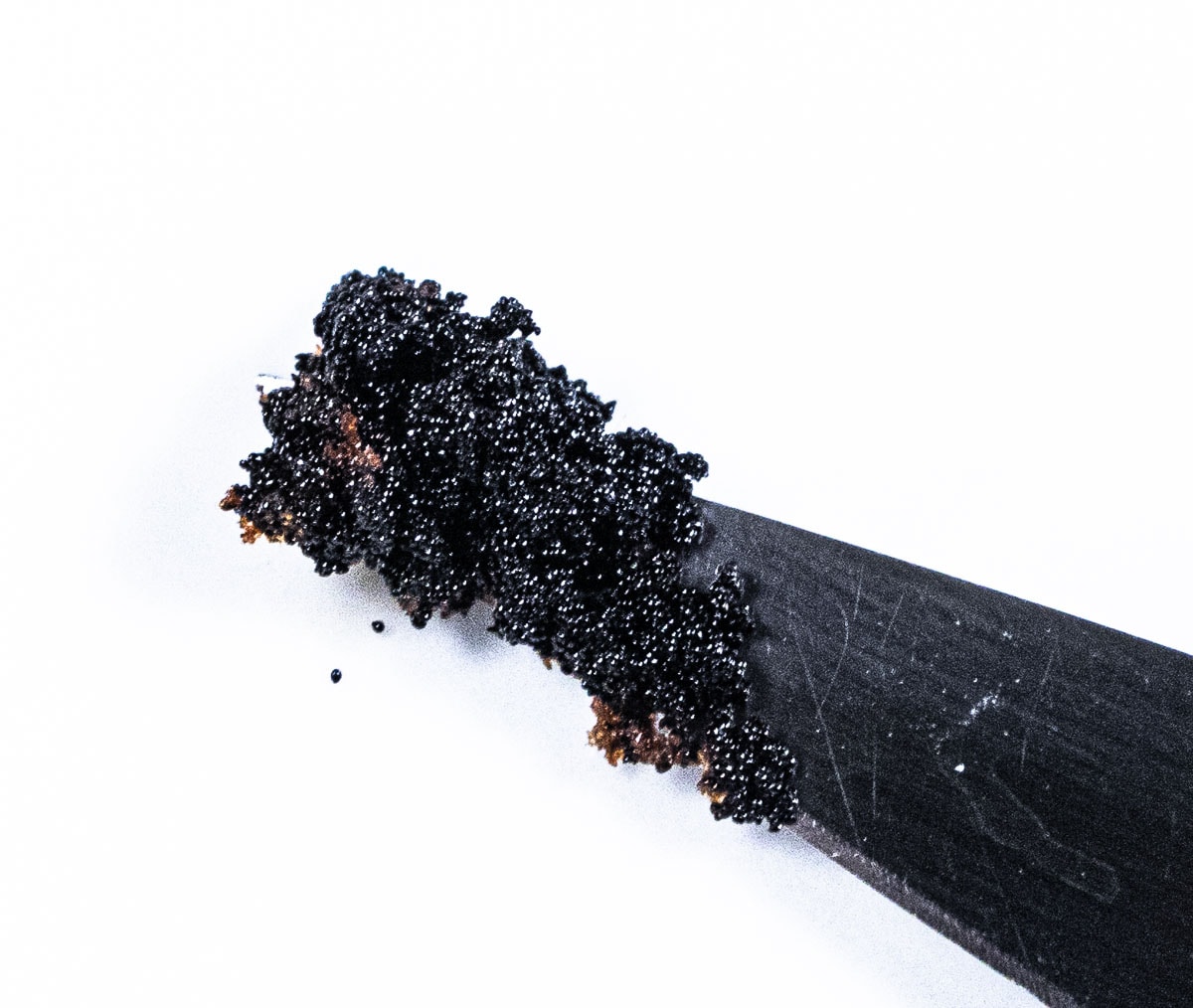
The tiny seeds are scraped from the split pod on the end of a knife to be used as desired.
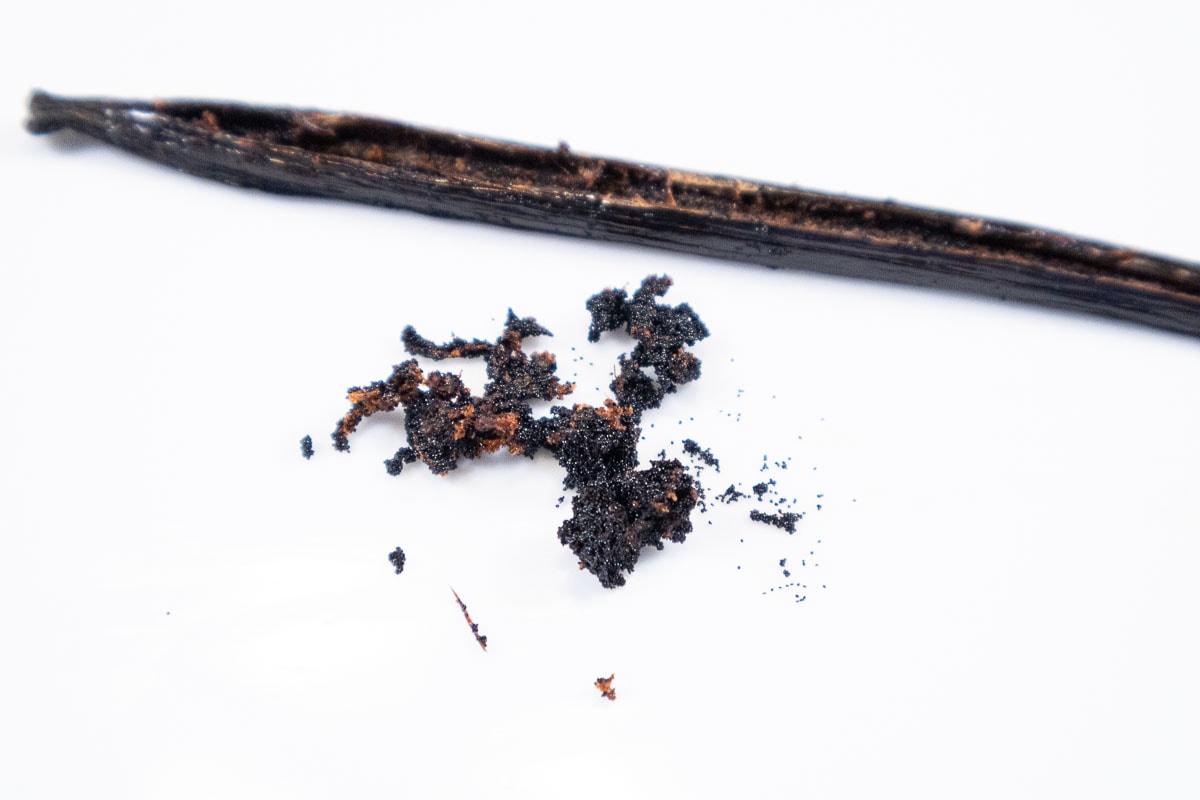
The empty pod is very useful after the seeds have been removed. Bury it in a canister of sugar to make vanilla sugar, especially good for rolling cookies in, to macerate fruit, in coffee, etc.
Facts of Interest
In closing, here are a few vanilla facts you might find interesting:
- The US consumes approximately 1,200 tons of vanilla per year.
- The word vanilla comes from the Spanish work vainilla, which means little sheath, referring to the pods long, thin shape.
- The flavor of the vanilla bean is highly dependant upon the climate and the soil in which it is grown, much like coffee and cocoa beans.
- Vanilla is used to flavor chocolate, just as it was in the days of the Aztecs.
- Vanilla has over 250 organic components that comprise its flavor and fragrance.
- Vanilla is said to calm nerves and and soothe the spirit. Heliotropin, a major component in vanilla is used to help counter the claustrophobia caused by MRI’s.
- Thomas Jefferson, while he was the Ambassador to France, has been credited with bringing vanilla to America from France in the late 1700’s. His recipe for vanilla ice cream is housed in the Library of Congress.
More information can be found here:
Vanilla, The Cultural History of the World's Favorite Flavor, by Patricia Rains
www.joyofbaking.com
www.nielsenmassey.com


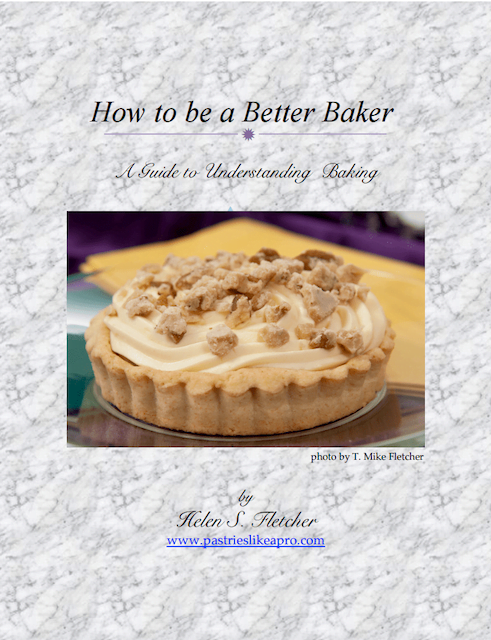

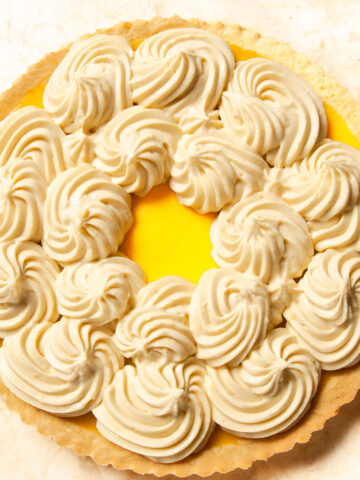


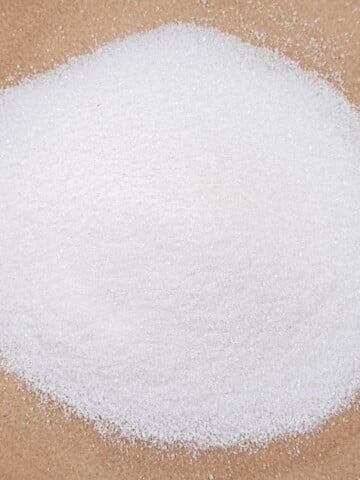
hfletcher says
Thanks for the info, Lindsey.
Allegra Smith says
What a wonderful post. I agree with you completely. My Grandfather who was perhaps the very first true Gourmand I met in my life used to say " Eat and drink the best you can afford. In the final analysis it will be the only things you can truly take with you".
In my opinion is just as important to do without at times as it is to carefully find the sources for our food, particularly now.
While I find some imported products totally acceptable and even desirable, I find too that I am doing more and more research because so many places still use DDT and other unknown -to me at least - things, that I always told my students that if you cannot pronounce the name on the first try, it doesn't belong in your food.
For a homemade type of vanilla extract I cut the used beans into small pieces, put them in a jar with some vodka, let them sleep in some dark place in the pantry and voilà! homemade vanilla extract. It keeps just about forever and you can add to it and refresh it.
Helen S. Fletcher says
Thank you for your comments Allegra. What a wonderful Grandfather you must have had. Doing without is not always bad - it makes one appreciate things even more when they come around.
Vera Parker says
Would you believe: Some time ago friends brought me from their trip to Mexico a fifth of Mexican vanilla, and I quietly pitched it into the trash because I was afraid to use anything from Mexico!
Thanks for enlightening me as to what I lost.
Helen S. Fletcher says
I had heard stories of the great buy Mexican vanilla was and knew some people used it. But I also heard there was a problem with it. Wasn't sure what it was until I started doing the research and it became very clear. The research did not indicate it hurt people in small amounts, but if it kills a lab animal, I don't think I need it - especially when there are even better choices.